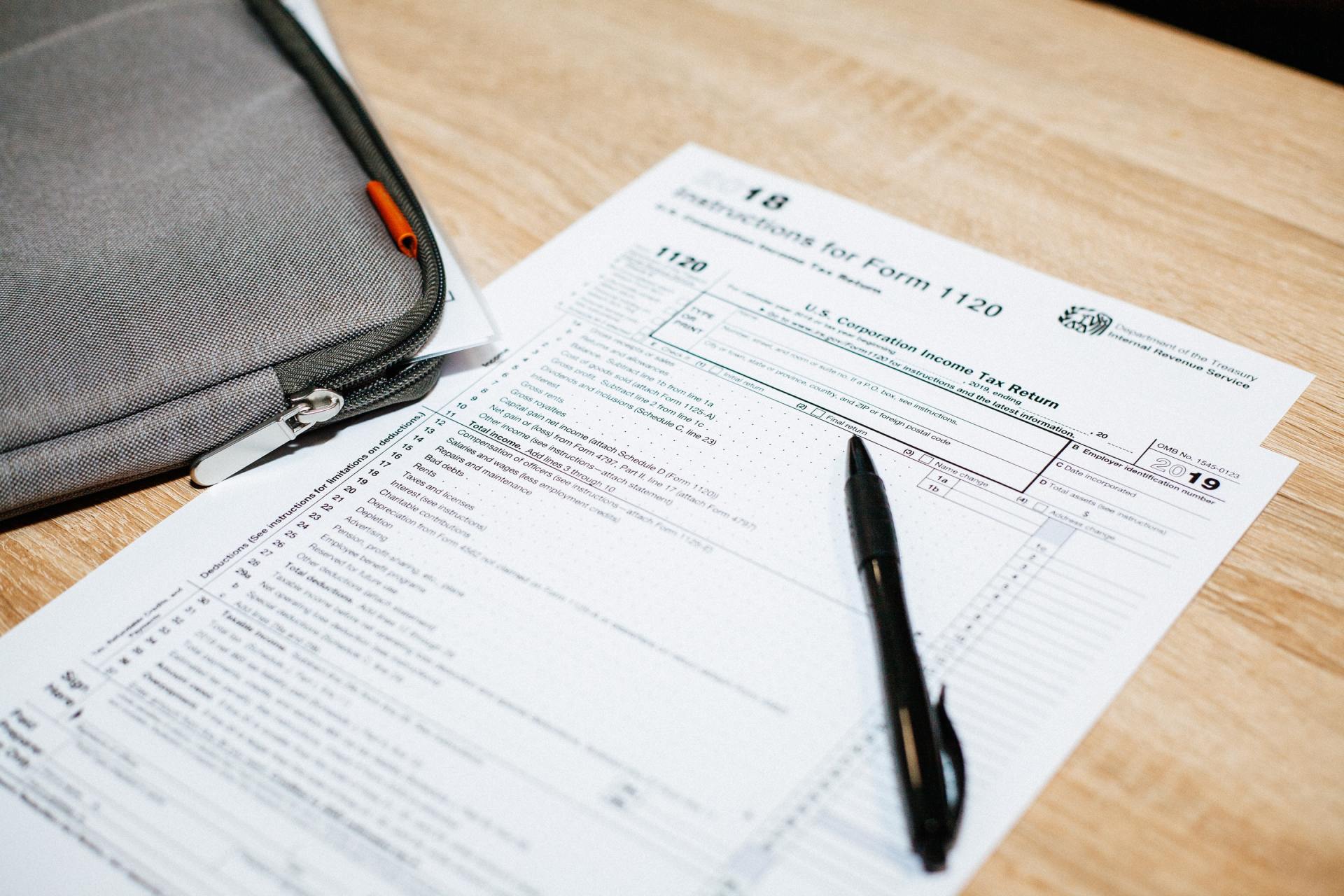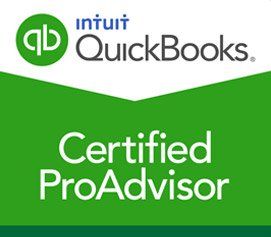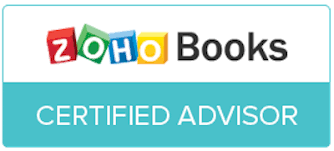1031 Exchange - Simplified 2021 Guide
The 1031 Exchange is incredibly useful for property owners. If you’re thinking of selling your property, or even buying a new piece of property, then this might just be what you’re after! The 1031 exchange is the perfect vehicle to lowering your capital gains tax, and even making you money in the long run. Of course, always set up a
free consultation
with a Yoke Tax professional before making any major decisions!

How a 1031 Exchange works
Explaining the 1031 Exchange is often easier than actually carrying it out.
Simply put, a property owner sells their investment property, and then uses the income from that sale to invest in a new property. The new property needs only to be of “like kind” and of equal or greater value.
The benefit? You avoid paying capital gains taxes when you sell your original property. The 1031 Exchange is tax-deferred! This means that you do not need to pay tax until later.
Nonetheless, it is important to understand that proceeds from your original sale must be transferred to a qualified intermediary, rather than to you (the seller of the property). The qualified intermediary has one job: hold the funds earned from the sale of the original property until they are ready to be invested in a new property. As the facilitator of the 1031 Exchange, the law requires the qualified intermediary to be completely independent from the buyer or seller of the properties.
Why would you want one?
The main benefit of using a 1031 Exchange rather than simply buying and selling properties directly lies in the tax code. Because 1031 Exchanges are tax deferred, you are able to use more of your money to invest in a new piece of property. So long as the qualified intermediary holds your funds, you have no taxes to pay.
In addition, there is no limit to how many times you can use a 1031 Exchange! The IRS sees it as perfectly logical that a real estate investor should be able to swap one property for another, etc., etc., and continue to do so until he or she has settled on what’s comfortable for them. Only then do you pay tax! For most individuals, that takes the form of 15%. If your income is under $80,000 per year, then that capital gains tax is a measly 0%!
1031 Exchange sounds too good to be true!
It really does. And, just like with all things of this nature, there is always a catch.
As you may remember from earlier in the article, the new property which you buy with a 1031 Exchange must be of “like kind.” That is where a lot of investors get lost.
Does this mean that, if your original property is an apartment building, then your new one must also be one? Surprisingly enough, that is not the case. The IRS allows you to exchange any real estate property for another real estate property. You could trade a small business for a farm, if you wanted.
The “like kind” stipulation really boils down to depreciation. Depreciation is the recognition of a property's wear and tear in the form of decreased property value. When a property is sold, the IRS calculates capital gains taxes based on the property’s net-adjusted basis:
Property’s Original Purchase Price + Capital Improvements - Depreciation = Net-Adjusted Basis
If your property sells for more than its depreciated value, then that extra money will be added to your taxable income at the end of the 1031 Exchange process.
In action, this becomes far more complex, and far more dangerous. The IRS has a lot of red tape which only a tax professional can walk you through. Don’t let complexity stop you from saving your money!
How do you choose a replacement property?
Now comes the fun part! As previously stated, a replacement property must follow these three rules to be legitimate under a 1031 Exchange: of like kind, of equal value, and of greater value.
These three stipulations give you and your accountant a lot to work with! There are three ways which you can use to identify valid properties.
First, the Three Property Rule is the simplest. It allows you to pick three potential replacement properties, regardless of their market value. This means that, if you’re selling a $100k property, then you could buy another $100k property, a $250k one, or even a $500k one.
The 200% Rule is a bit more complex under the hood. Basically, you can identify an unlimited number of replacement properties so long as their cumulative value (of all the properties) does not exceed 200% of your original property. Using the $100k property example, you could choose unlimited properties so long as they didn’t exceed $200k in cumulative value!
Finally, there is the 95% Rule. You can identify as many properties as you like with it, but those properties must be valued at 95% of their total or more. This is a research-intensive job which is likely best left to a professional.
In either case, when you choose a property, it is always a safe bet to discuss it with a tax pro. It will save you a lot of headache and confusion down the line...
Is a 1031 Exchange worth it?
Yes, absolutely! The single disadvantage to using the 1031 Exchange is its complexity. The average person will struggle to carry it out effectively, and is highly likely to fall into red tape and fees. However, a seasoned tax professional will have a great time using that complexity against it! The 1031 Exchange is a wonderful opportunity for investors of all stripes. At its core, the 1031 Exchange is a vehicle for the frugal investor to use the tax code in his or her favor.
Yoke Tax employs top professionals in the field of accounting for complex topics such as these. Each tax pro has over 20 years of experience and is more than willing to help you with any questions you might have. Simply set up a
free consultation and let us take care of the numbers.



